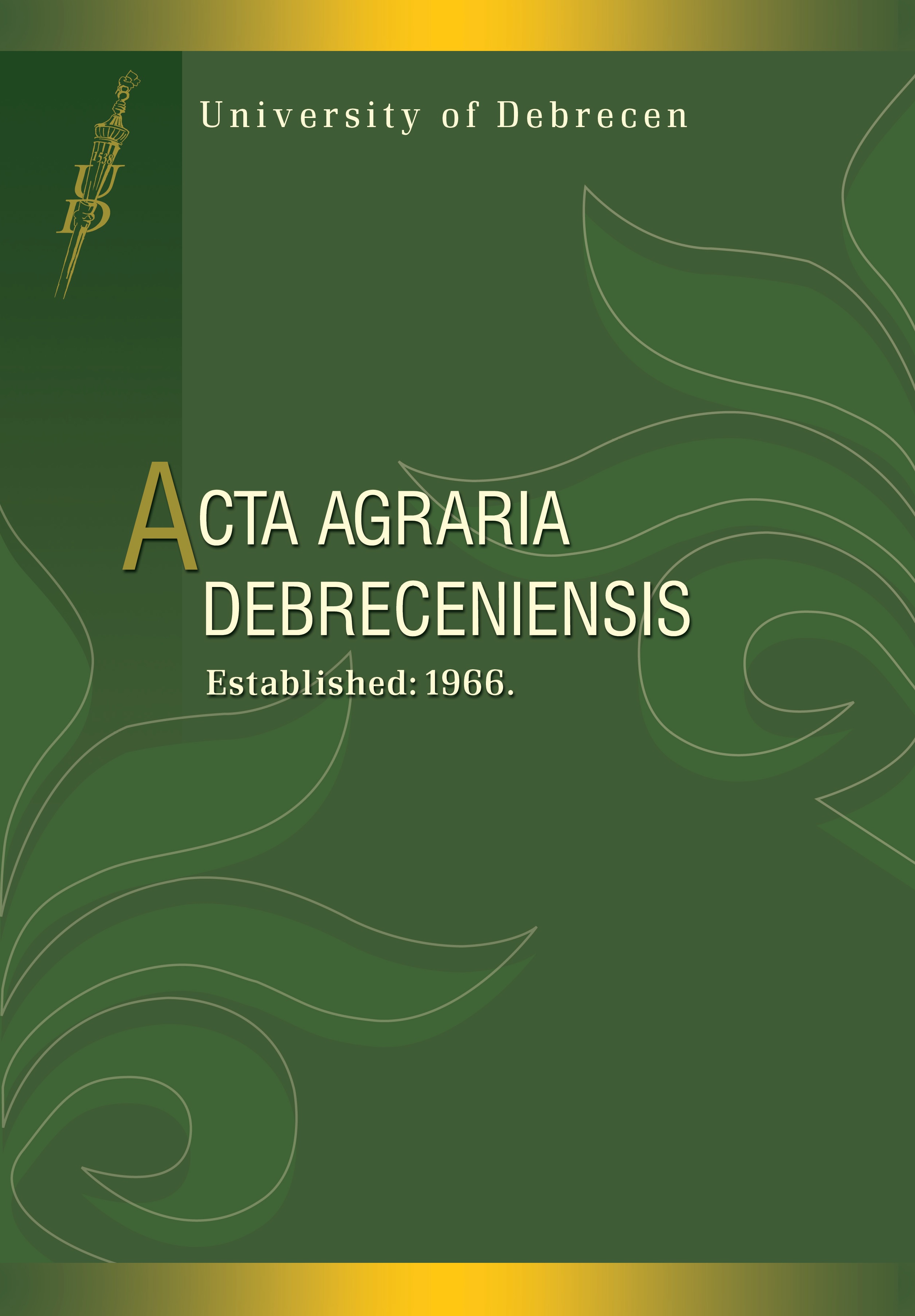The effect of plant density to the yield results and the yield components of maize hybrids
Author
View
Keywords
How To Cite
Abstract
Maize is the crop that is produced on the second largest area in our country, in Hungary. It is planted on nearly 25% of the country’s growing area and it was produced on 1 090 439 hectares in 2016. Despite the continuous development of the biological basis and production
technology, the growth of the yield results is not constant, its fluctuation is significant. It can be even up to 60%, because of the extremity of the years. The exploitation of the yield potential of modern hybrids is possible if we harmonize the effects of the ecological factors and properly applied instruments of agro technology and by these we ensure their interaction to reach a favorable outcome. The applied plant density is an important, well researched, but at industrial level a not enough utilized element of the maize production.
The results of the extensive tests, done between 2009 and 2015, showed that the genotype, the year effect and the plant density are in strong correlation with each other determining the yield results. In the past seven years the examined genotypes reached the highest yield
performance at the highest plant densities. The early hybrids (RM90–95, FAO 200–300) are capable of producing them at higher plant density, while in case of the mid and late maturity varieties the further increasing of the density after reaching the optimum level led to yield depression.
According to our experimental results, the yield is in close positive correlation with the increase of the plant density. The effect of the growing season has great significance in forming the yield results and this determines the applicable plant density too.
The yield of maize is determined by a resultant of components. The main component is the number of ears per plant and the amount of kernels per ear, which is calculated from the number of kernels on an ear and the weight of them. The number of the kernels on an ear is
calculated from the number of rows on the cob multiplied by the number of seeds in one row on the cob. In dry years, at lower yield levels the yield decreases because of the shorter ears, while at the higher levels the number of kernels in a row and the thousand-kernel weight decreases,causing yield depression this way. From our examinations it turned out that the plant density reaction of a genotype is individual, every variety reaches its maximum kernel number per hectare – in other words the maximum yield - in an individual way.

 https://doi.org/10.34101/actaagrar/72/1595
https://doi.org/10.34101/actaagrar/72/1595